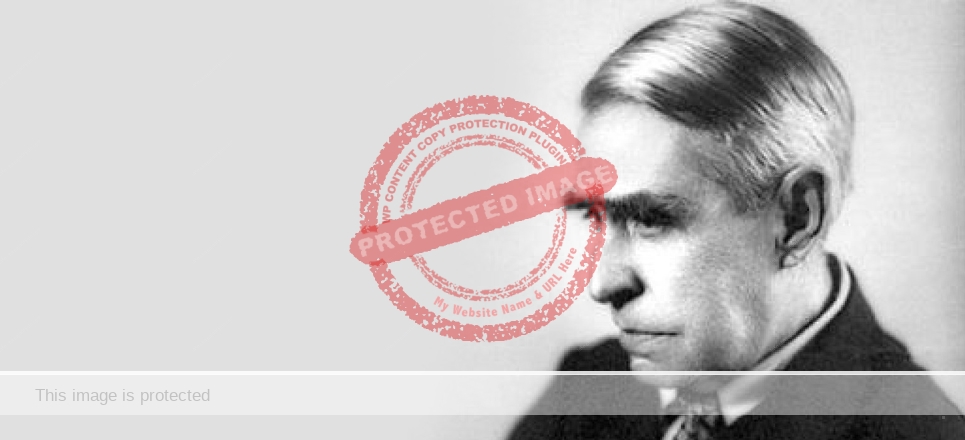José Juan Tablada (1871-1945) did not mince words when lamenting the ruination of Chapala in an opinion piece published more than a century ago in 1914. Tablada was writing in El Mundo Ilustrado, a very popular weekly that ran for twenty years before closing later that year in the throes of the Mexican Revolution.
Acknowledging that the lake had attracted such outstanding authors and poets as Justo Sierra, Luis Urbina and Ruben Campos, and acclaimed artists as Jorge Enciso, Gerardo Murillo (better known as Dr Atl) and Roberto Montenegro, Tablada bemoaned the lack of upscale development. He argued that if Lake Chapala were in Europe it would already have innumerable fine houses and parks. As it was it only had a few good houses, “as well as some very ordinary hotels” and had no park on the lakeshore.

El Mundo Ilustrado, 8 March 1914, page 6
Equally, Chapala lacked any jetty, pier, casino or any kind of rail link (steam, electric, animal-drawn) to Guadalajara, while the “road to the lake is terrible and that from Atequiza to Chapala detestable.” There were not even any regular ferries from Ocotlán to the lake.
On top of all this, there was more bad news, this time of an environmental nature. The poet attributed the decline of the whitefish to a wealthy hacendado who had decided to put carp in the lake. When the carp multiplied, they ate almost all the whitefish. “And then there is the lirio aquatico, rotting on the shores, smelly from miles away, harboring malaria and typhoid fever.” The dangers of disease had caused visitors to stay away and avoid coming to the lake. The government had spent a small fortune on trying to rid the lake of the lirio but the only people making good money now were the contratistas hired to collect and haul it off.
Tablada concluded that even if, “just 4 or 5 years ago, this was a paradise” it was certainly not one any longer. His concerns have been echoed by each succeeding generation down the ages, with naysayers always harking back to the real or imagined better times of the past.

José Juan Tablada. Credit: Unknown.
Who was José Juan Tablada? He was a bright, witty and artistic poet, writer and diplomat who was born in Mexico City on 3 April 1871 but lived much of his life outside Mexico.
At age 19, after working for the national railroads, he began to contribute stories and poems to newspapers and magazines, including El Mundo Ilustrado, Revista de Revistas, Excélsior, El Universal Ilustrado, Revista Azul, Revista Moderna, La Falange and El Maestro.
Within a decade he was acclaimed as a fine poet and is now regarded as a key figure in the development of modern Mexican poetry. Tablada published Florilegio, his first collection of poetry, in 1899.
Shortly afterwards, he traveled to Japan. This trip had a profound influence on his later work. It led to a book about the Japanese artist Hiroshige (1914) and a collection of articles on various aspects of Japan, En el país del sol (1919). It also led to him introducing the Japanese verse form haiku into Mexico. Tablada’s collection of 38 poems, entitled Un dia, (1919) has been described as “the first book of original haiku written by a poet outside Japan” (a claim that excludes certain earlier tiny-edition haiku works in Europe).
The artistic talents of Tablada enabled him to write evocative calligrams (poems designed as visual images), such as those in Li-Po y otros poemas (1920).
His other works of poetry include El jarro de flores (1922); Intersecciones (1924); La feria: poemas mexicanos (1928) and Del humorismo a la carcajada (1944).
Tablada also lived in, and wrote about, Paris before moving to New York City in 1914. Towards the end of the Mexican Revolution, he was appointed (in 1918) to Mexico’s foreign service to work in Bogotá and Caracas. Soon after being reassigned to Quito in 1920, he resigned and returned to New York, where he ran a bookshop, Librería de los Latinos, and founded a new journal, Mexican Art and Life (1938-1939).
Tablada came back to Mexico to live in Cuernavaca in 1935 and was elected a member of the Mexican Literary Academy in 1941. He accepted a position in New York as Mexican Vice-Consul in 1945 but died there on 2 August, only a few weeks after taking up his post. The following year his remains were interred in Mexico City’s Rotonda de las Personas Ilustres (Rotunda of Illustrious Persons).
Sources
- David William Foster (ed). 2010. Mexican Literature: A History, University of Texas 2010, 159.
- José Luis Martínez. 1975. Semblanzas de Académicos. Ediciones del Centenario de la Academia Mexicana. México, 1975, 313 pp.
- José Juan Tablada. 1914. “La ruina de Chapala”. El Mundo Ilustrado, 8 March 1914, 6.
- José Juan Tablada. 1914. Hiroshigué, el pintor de la nieve y de la lluvia, de la noche y de la luna. [http://www.tablada.unam.mx/hiroshigue/portada.htm; 11 Oct 2018]
- José Juan Tablada. 1919. En el país del sol (In the land of the sun).
- José Juan Tablada. 1920. Li-Po y otros poemas.
- José Juan Tablada. 1927. La Historia del arte en México.
- Eliot Weinberger. 1992. Outside Stories (New York: New Directions), 27.
Comments, corrections or additional material welcome, whether via comments feature or email.
Tony Burton’s books include “Lake Chapala: A Postcard History” (2022), “Foreign Footprints in Ajijic” (2022), “If Walls Could Talk: Chapala’s historic buildings and their former occupants” (2020), (available in translation as “Si Las Paredes Hablaran”), “Mexican Kaleidoscope” (2016), and “Lake Chapala Through the Ages” (2008).